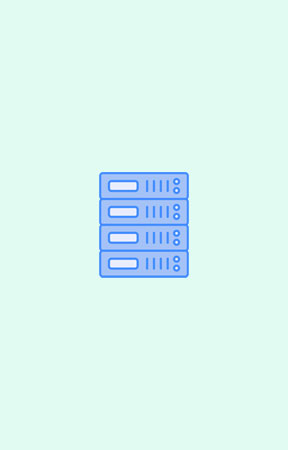Transparent Monitoring in Practice
Supporting mitigation under the Paris Agreement
75%
of the Nationally Determined Contributions (NDCs) in the NDC Synthesis Report include land sector targets.
10
case studies were carried out in 4 countries
1.5
terabytes of data are being produced by the Sentinel 2 satellites every day
What is transparent monitoring?
Transparent monitoring approaches refer to datasets, tools, and portals etc. that support countries’ needs in the land sector. A considerable amount of independent, publicly available data and platforms on land cover, land use and associated emissions have become available.
This data can complement countries’ own monitoring systems. Using a variety of approaches can help to detect, anticipate and resolve potential conflicts or discrepancies between datasets. This website presents the results of the transparent monitoring project, which developed guidance to support countries in the application of transparent monitoring approaches.
Dimensions of transparent monitoring
The guidelines group stakeholders into four ‘dimensions’ that can help users find information that is tailored to their needs and roles: technology, governance, community participation and engagement, and the private sector.
Stakeholders working in each of these dimensions should consider different ‘criteria’ of transparent monitoring while carrying out their activities. In the diagram below, everything starts from the core, technical dimension – where the data is generated. From there, the data is reflected in policies and governing frameworks which affect the actions of the community- and private-dimension stakeholders.
Country profiles
This transparent monitoring project carried out case studies in four countries—Côte d’Ivoire, Ethiopia, Papua New Guinea, and Peru—to address specific needs identified by the countries, ranging from technical work related to emission factors to improving community monitoring.




